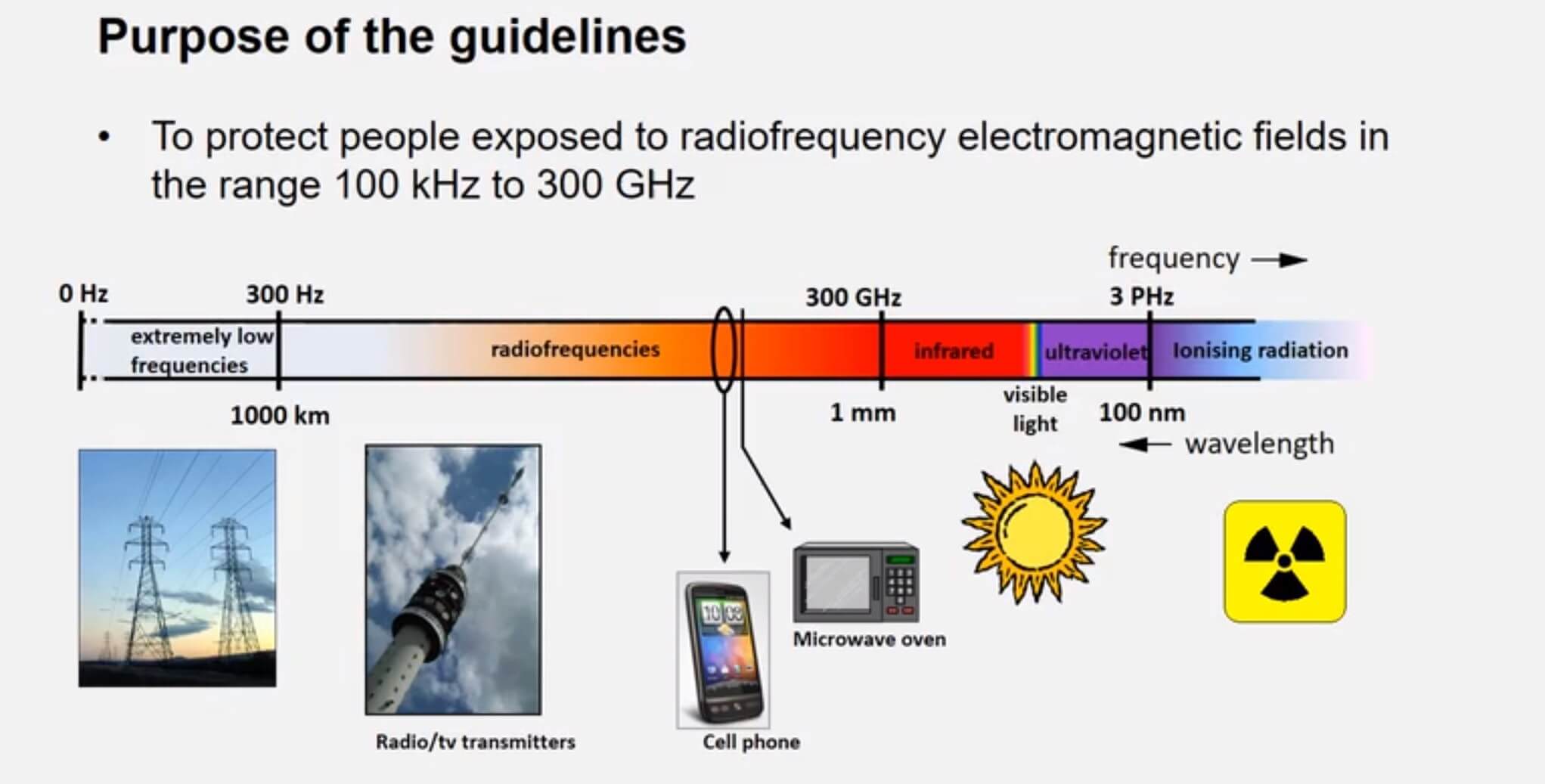What just happened? An international standards body has found there is no evidence that 5G mobile networks pose any threat to human health. The International Commission on Non-Ionizing Radiation Protection (ICNIRP) has spent seven years examining the scientific evidence and has updated its guidelines to improve protection for 5G technologies that use high frequencies.
The ICNIRP said the 1998 guidelines on protecting humans from radiation from phone networks, wi-fi and Bluetooth would have been appropriate for 5G technology, but frequencies over 6Ghz may need more conservative standards.
"The guidelines have been developed after a thorough review of all relevant scientific literature, scientific workshops and an extensive public consultation process. They provide protection against all scientifically substantiated adverse health effects due to EMF exposure in the 100 kHz to 300 GHz range," said ICNIRP Chairman Dr Eric van Rongen.

The ICNIRP suggested restrictions that would stop whole-body exposure to the 6Ghz frequency and intense exposure to small areas of the body, though this is not mandatory.
"The most important thing for people to remember is that 5G technologies will not be able to cause harm when these new guidelines are adhered to," van Rongen added.
Mobile trade group GSMA said current 5G phones already fall within the new standards' limits, and an industry insider told the BBC that new 5G handsets were being designed with the updated guidelines in mind.
"Twenty years of research should reassure people there are no established health risks from their mobile devices or 5G antennas," said GSMA chief regulatory officer John Giusti.
The ICNIRP's announcement comes after UK regulator Ofcom found the country's 5G network was well within safety parameters. The highest result it found for the 5G band was 0.039% of the recommended radiation exposure limit.
